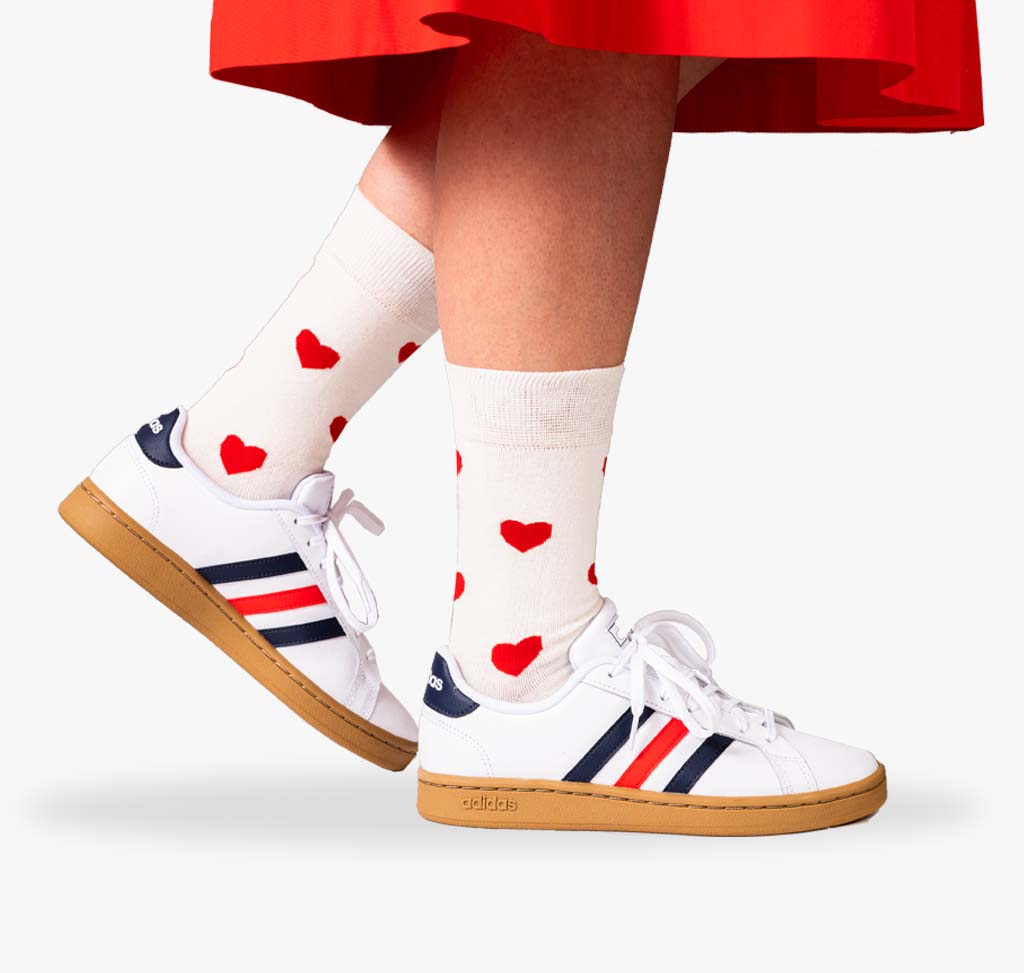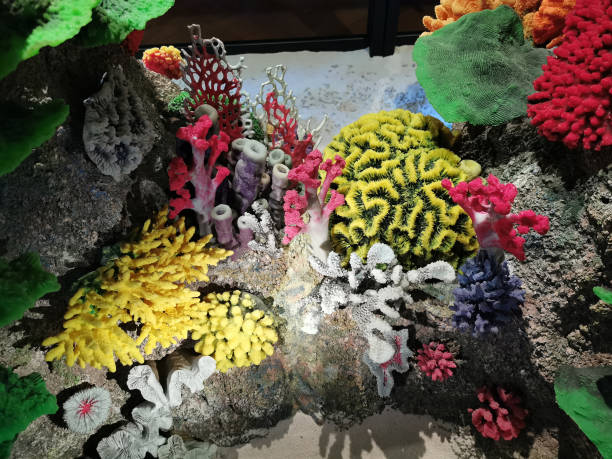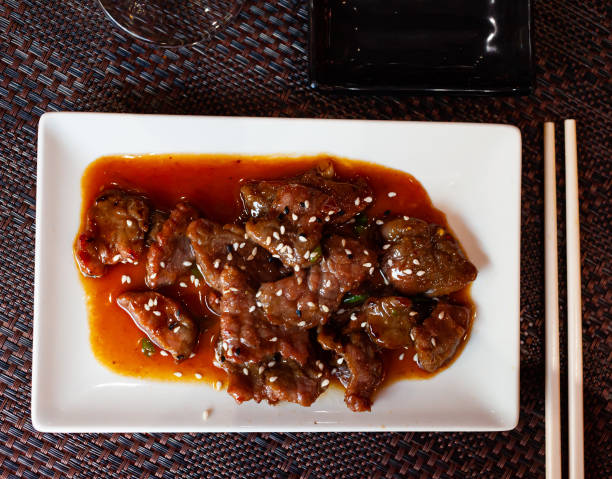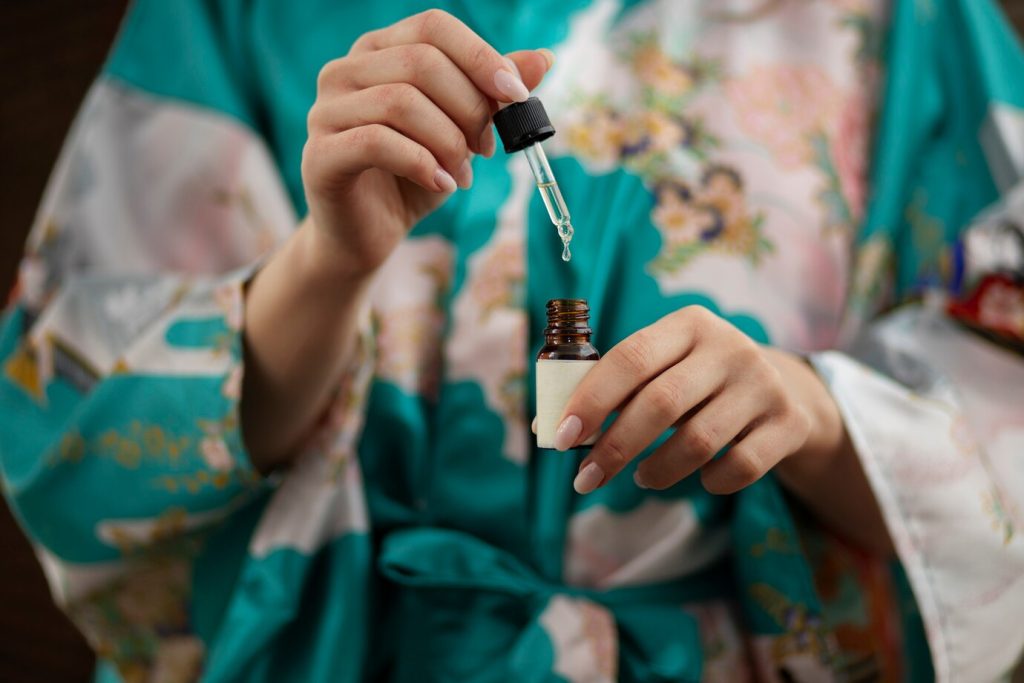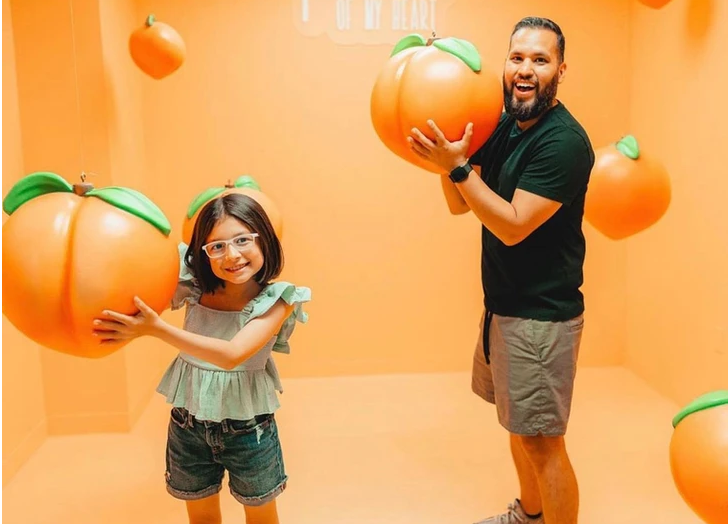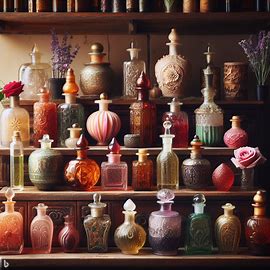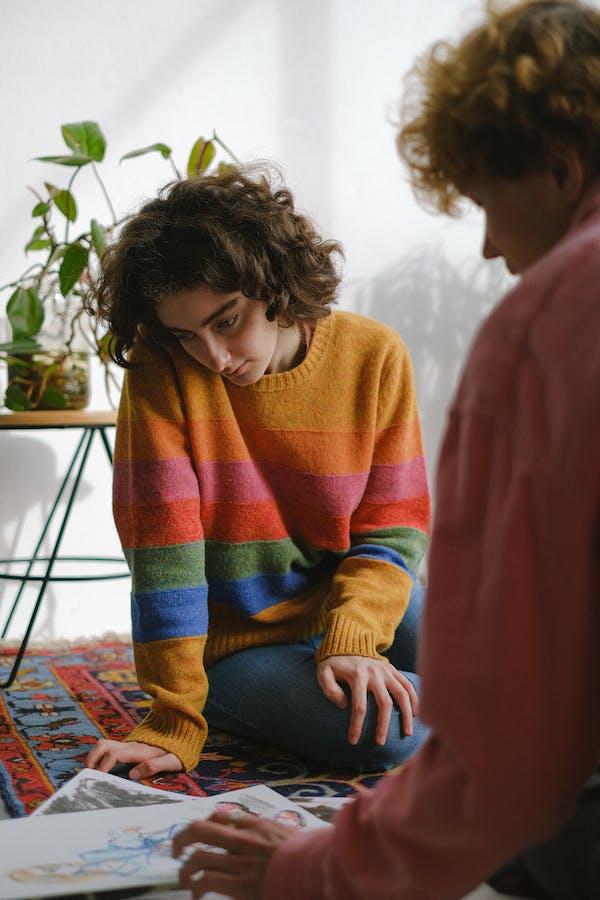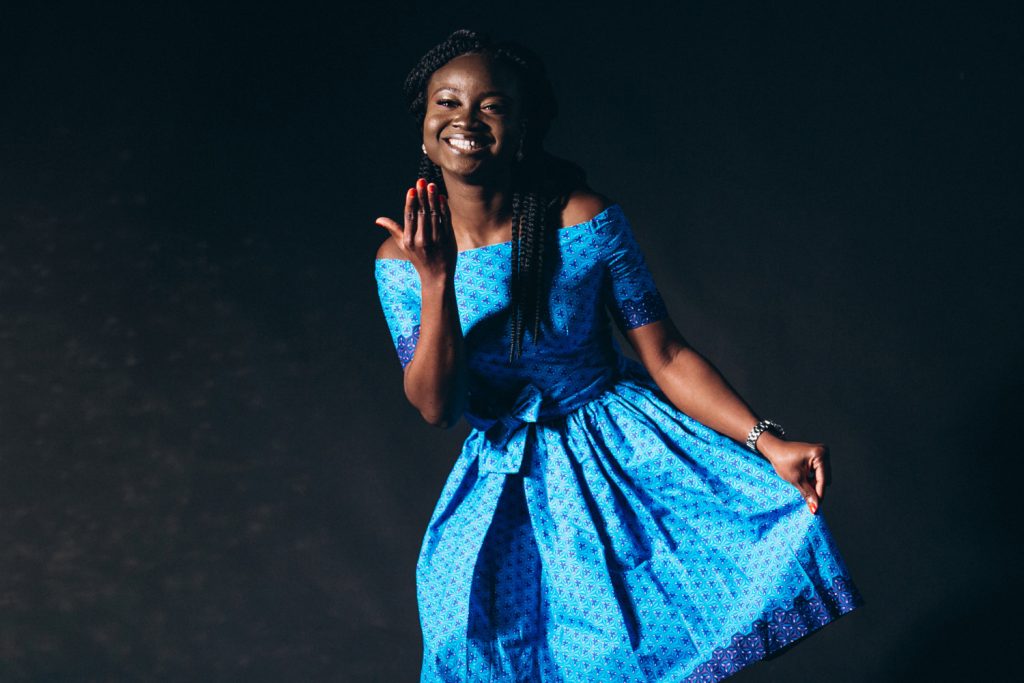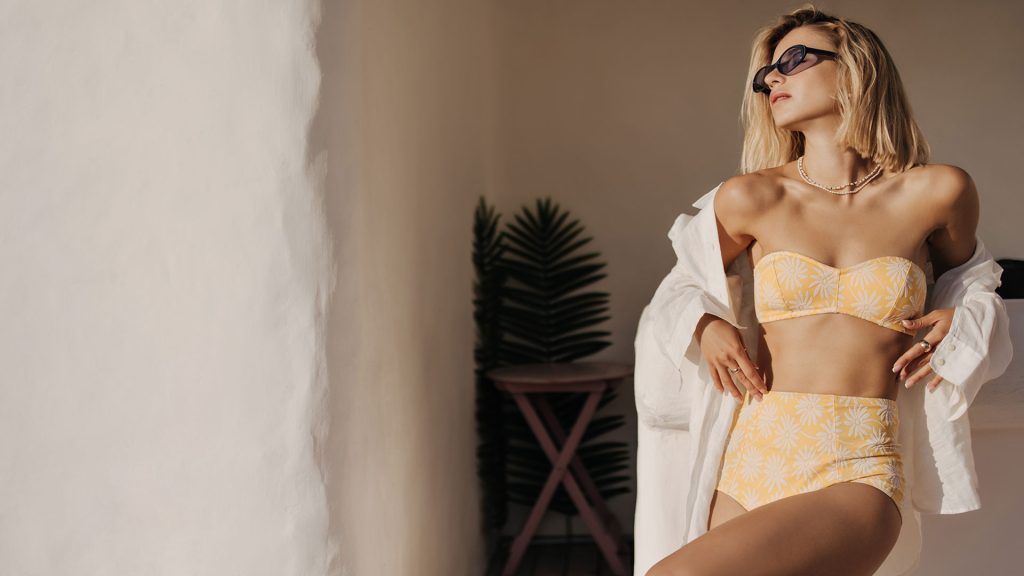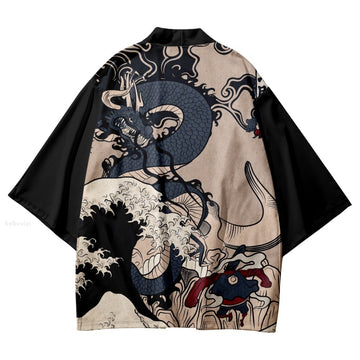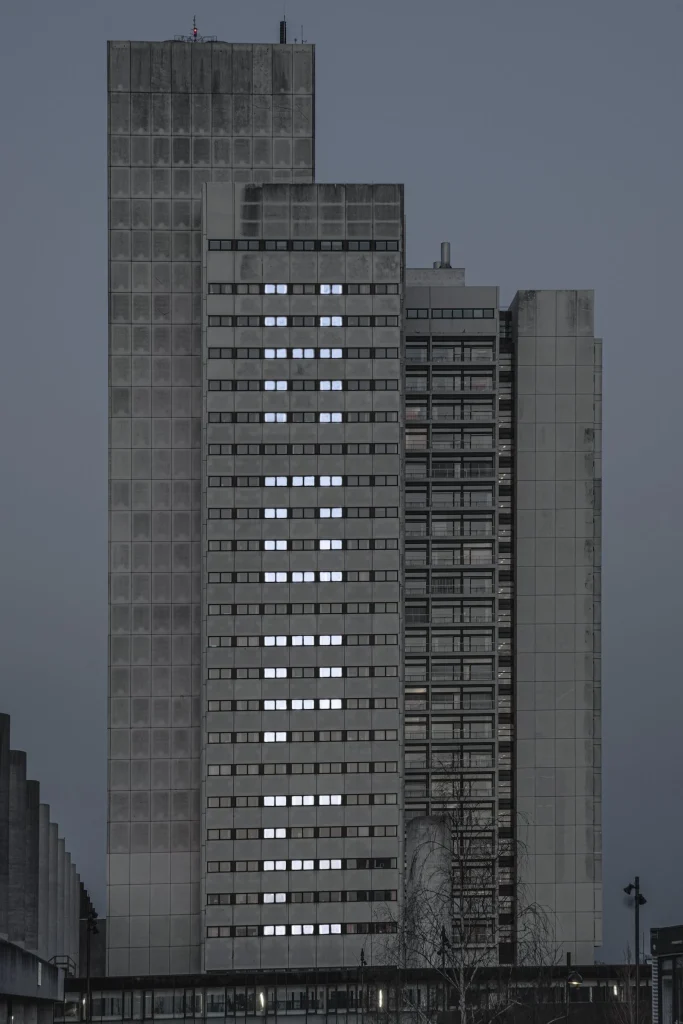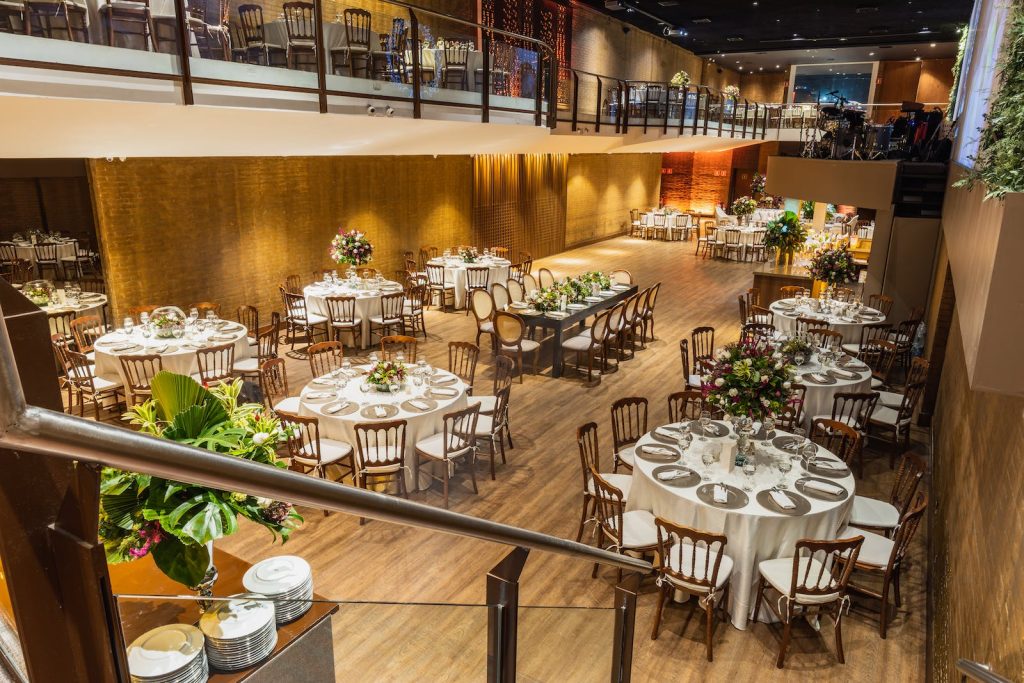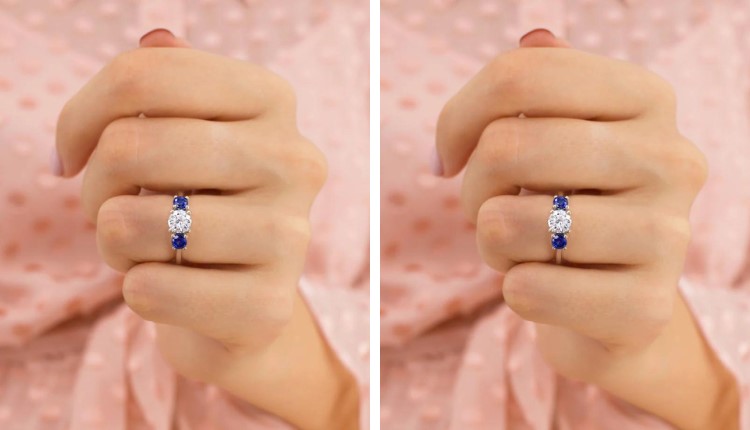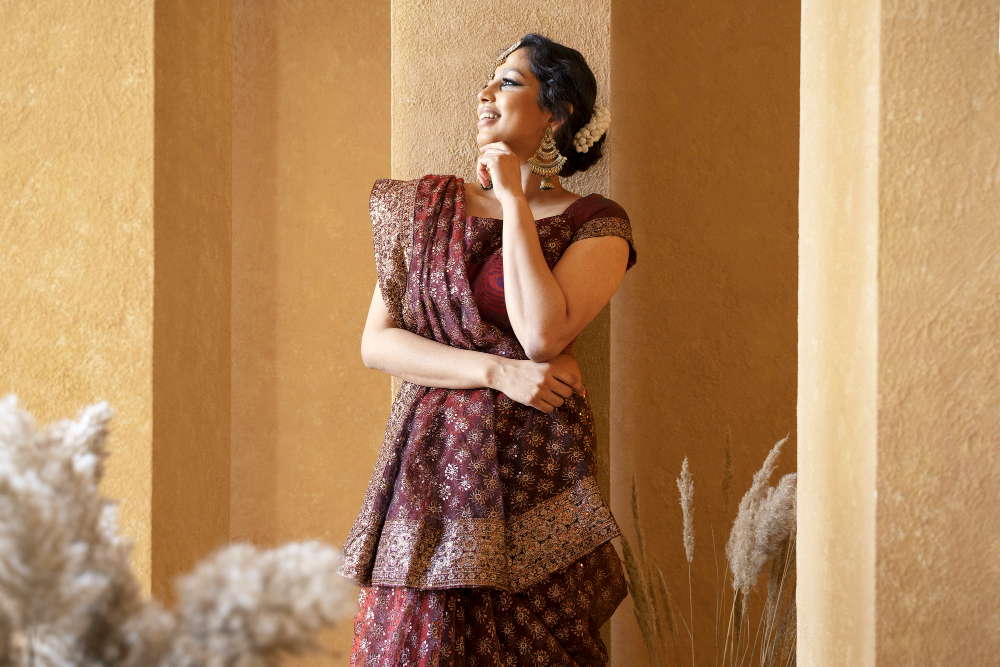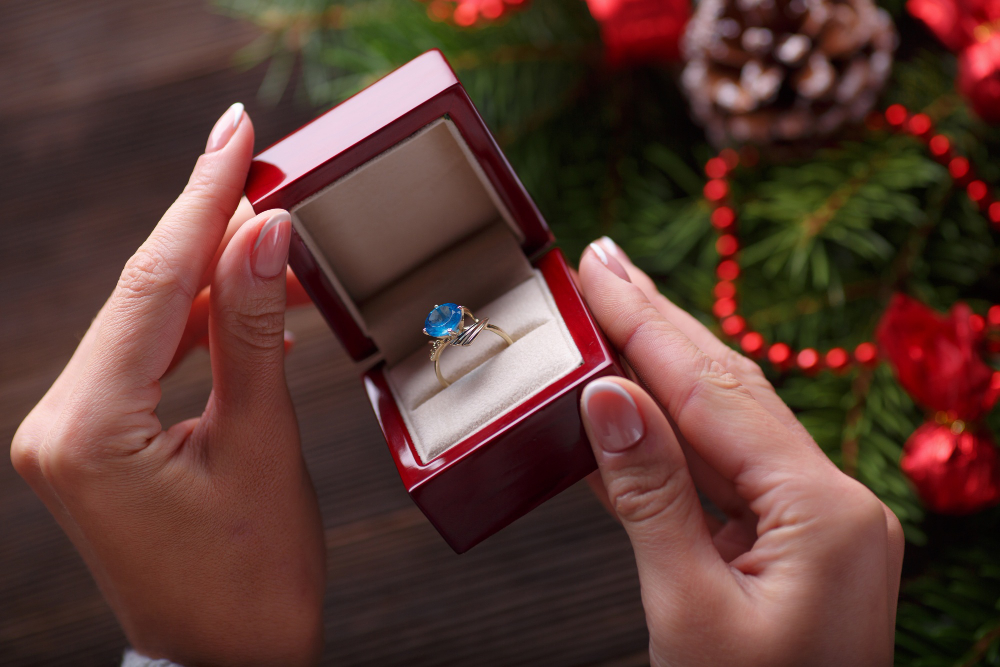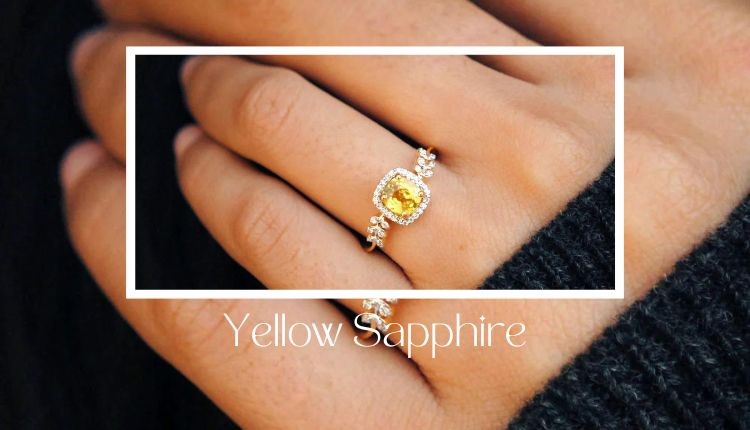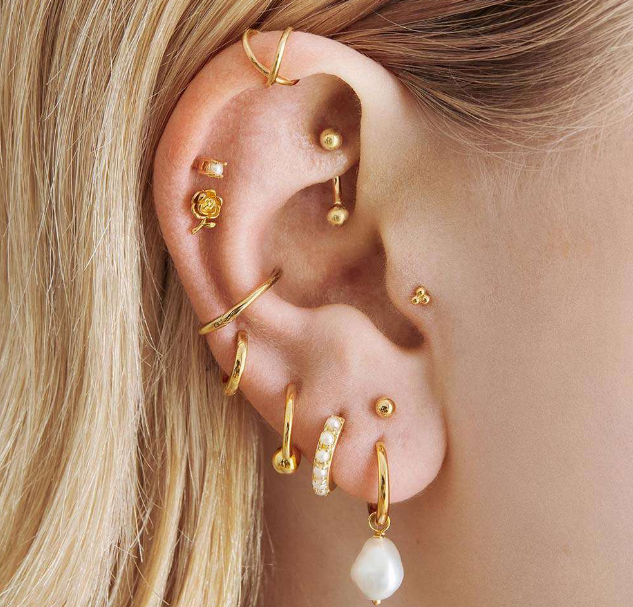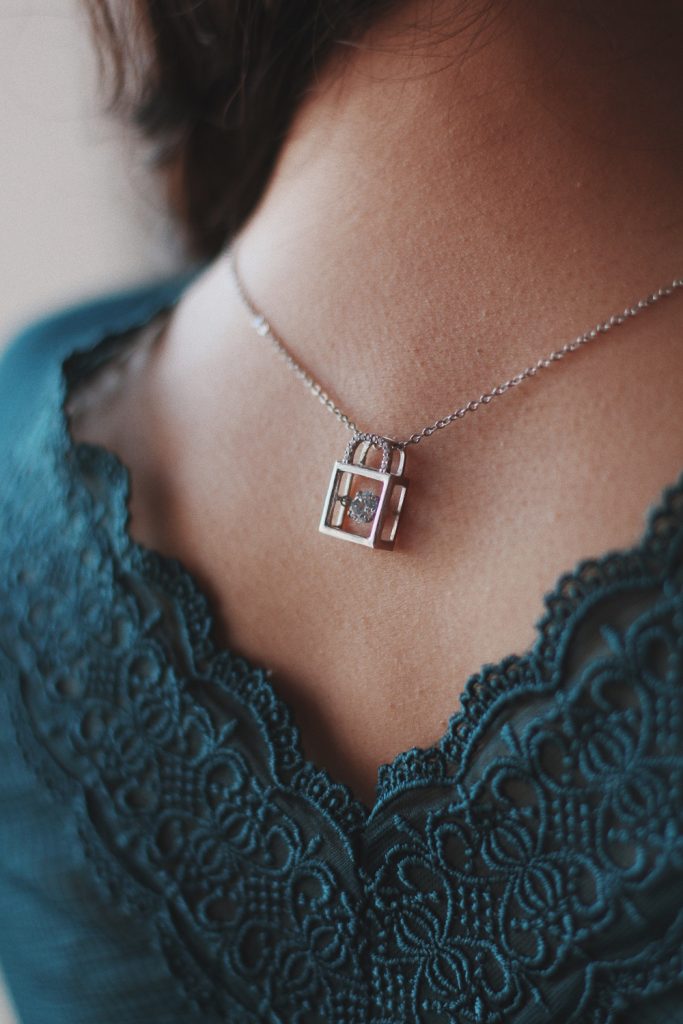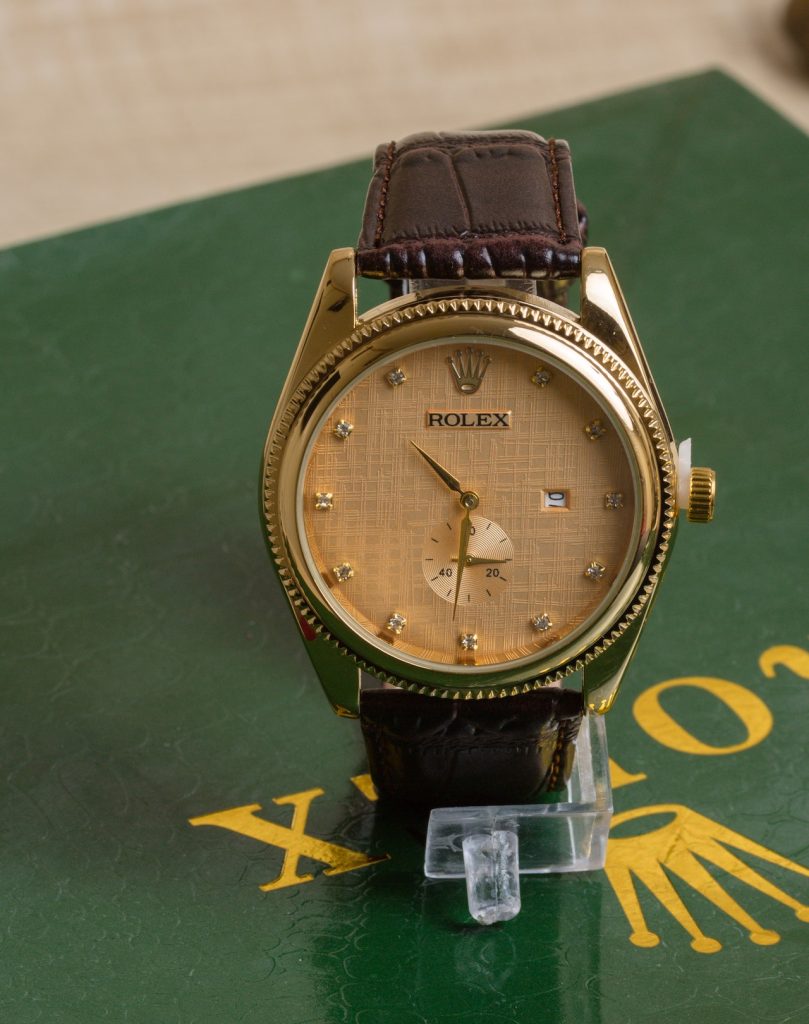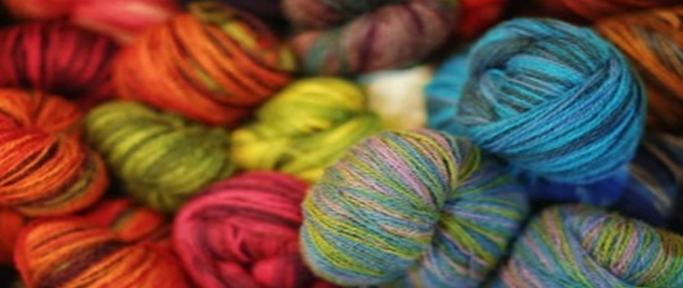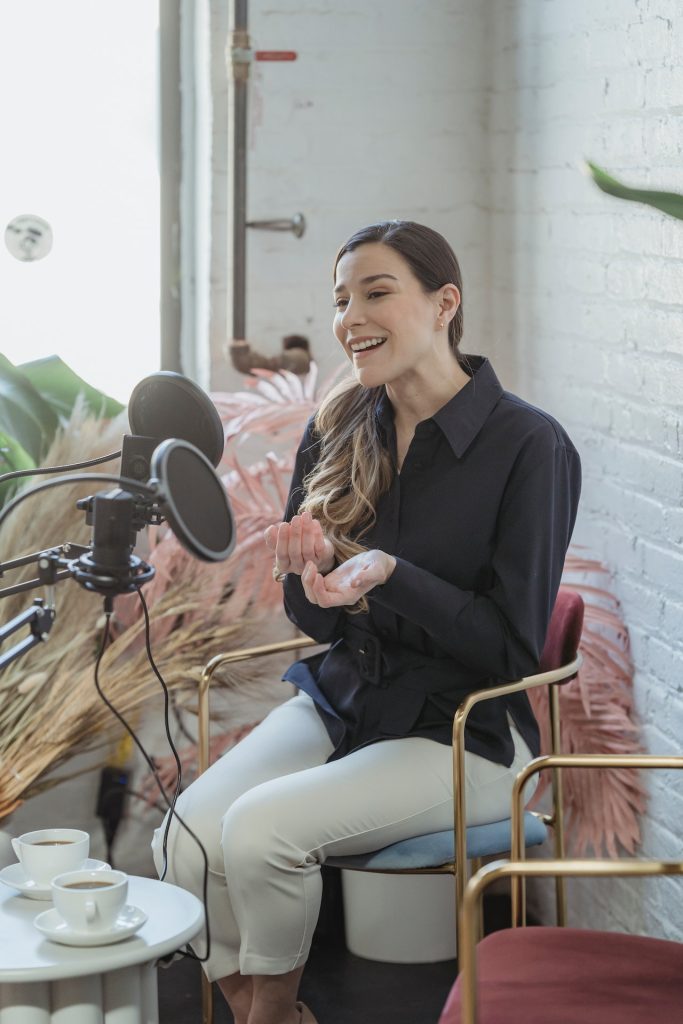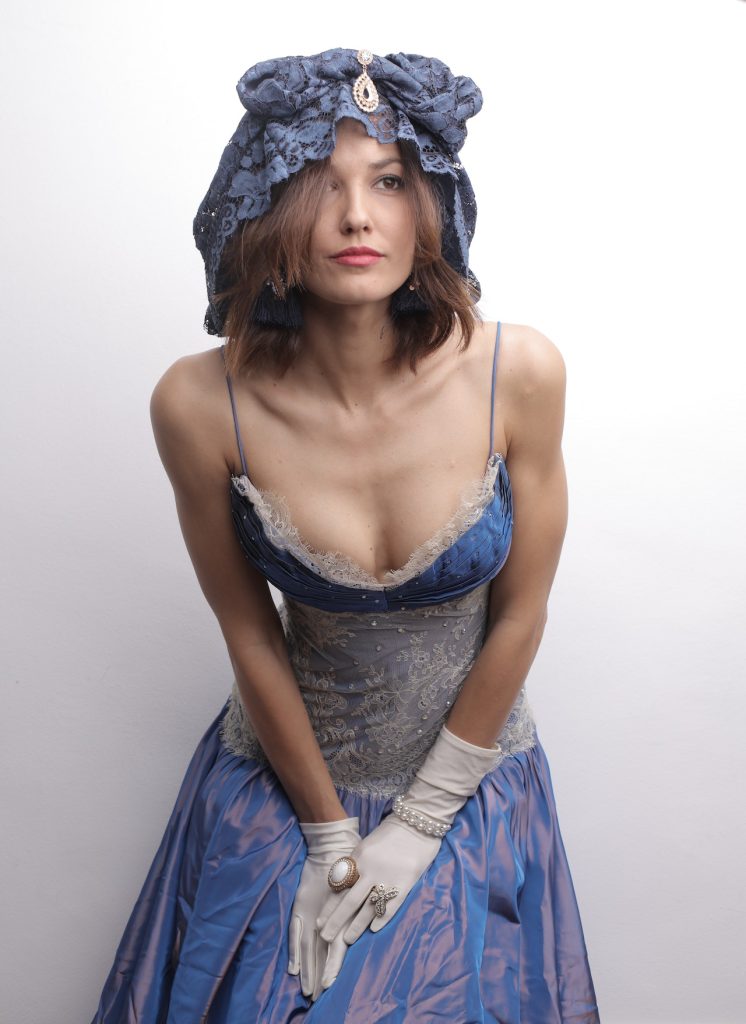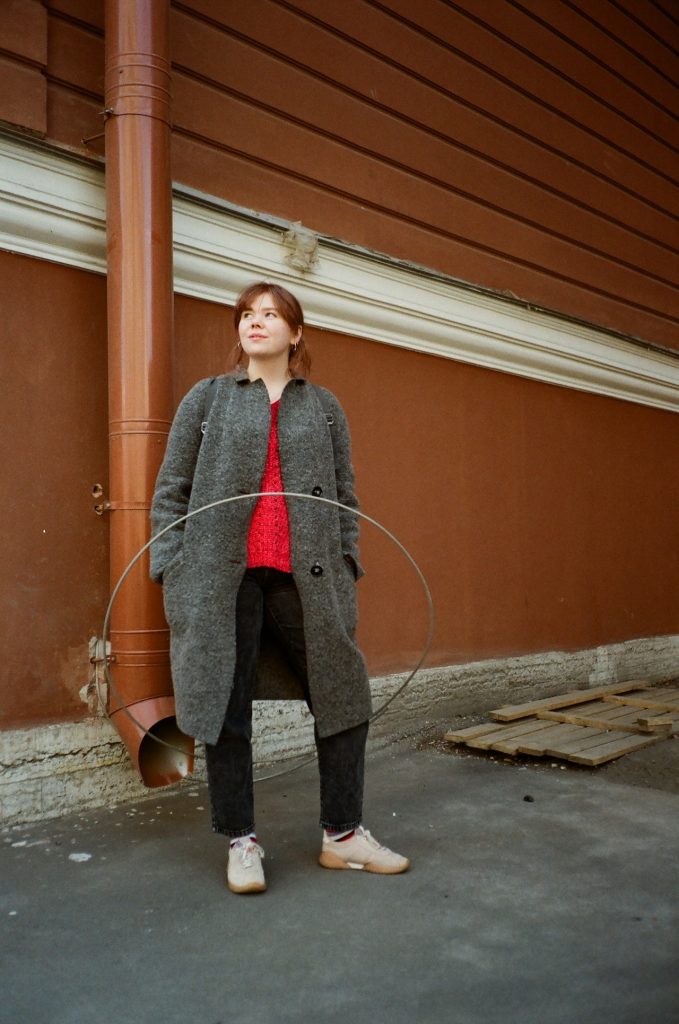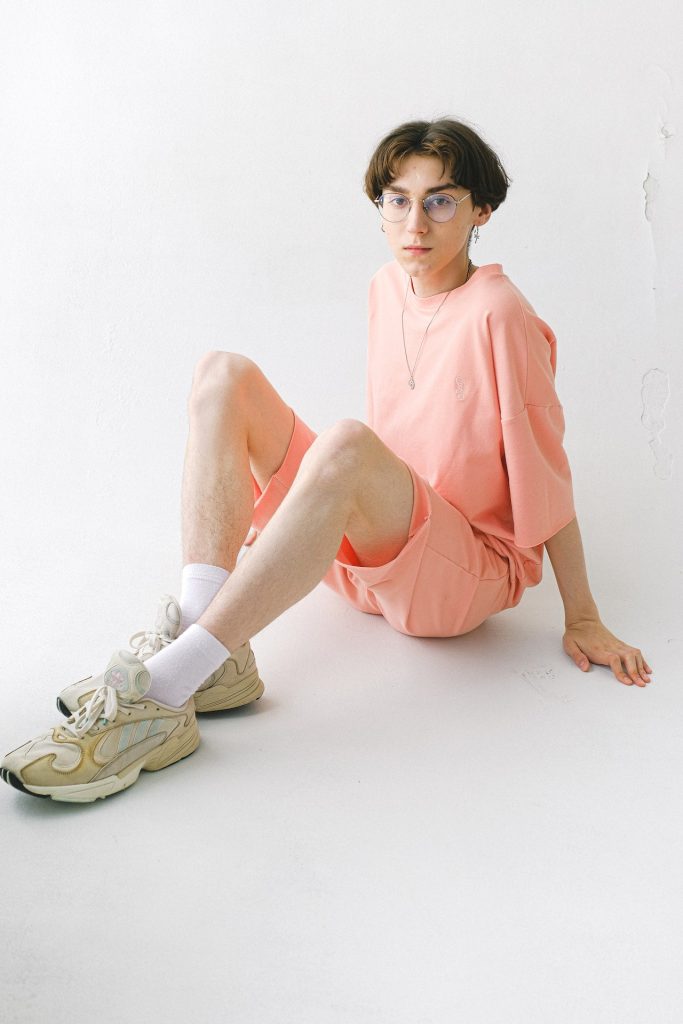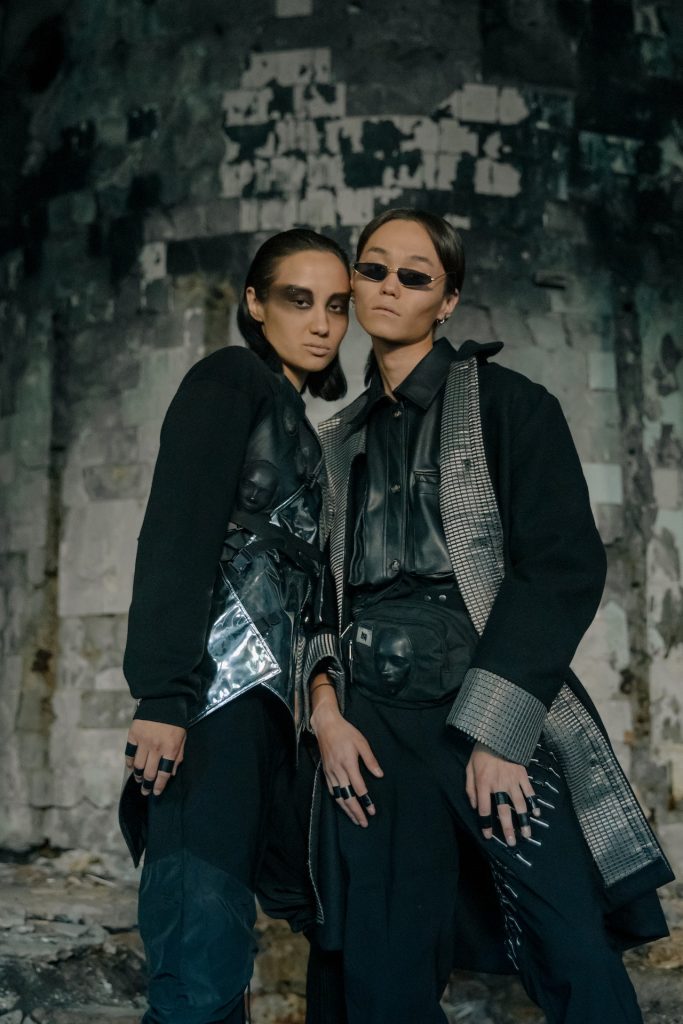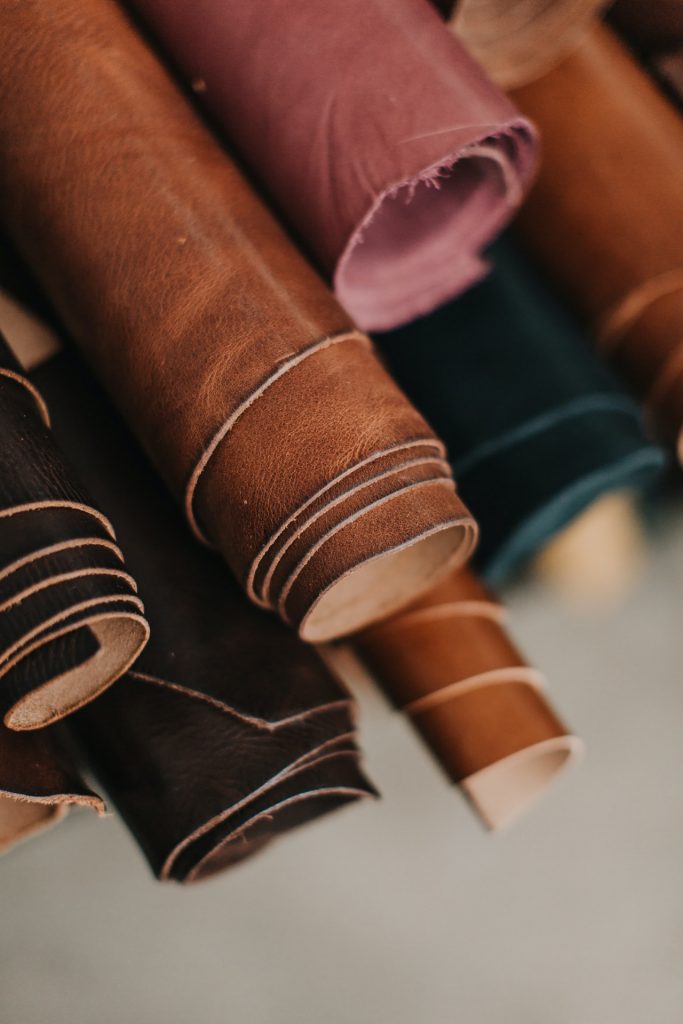Batik Scarves: Unveiling the Artistry of Dye and Wax
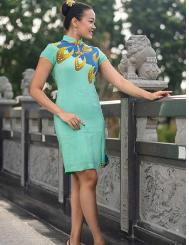
Batik scarves have transcended their origins to become an internationally recognized symbol of beauty, culture, and artistry. The intricate patterns and vibrant colors of these scarves hold a rich history and a craftsmanship that’s rooted in the traditional technique of applying dye and wax. In this article, we’ll delve into the mesmerizing world of batik scarves, uncovering the meticulous artistry behind these exquisite pieces and exploring their cultural significance and contemporary appeal.
The Origins of Batik Scarves
A Journey Through Time and Place
Batik, a Javanese word that means “to dot,” traces its origins to Indonesia, particularly Java, where it has been practiced for over a thousand years. The art of batik involves applying wax to fabric and then dyeing it to create intricate and colorful patterns. What makes batik truly exceptional is the intricate, labor-intensive process of creating these designs, which have evolved over centuries.
The Artistry of Dye and Wax
The Process Unveiled
Creating a batik scarf is a labor of love. It begins with a plain piece of fabric, often cotton or silk, onto which a design is drawn or stamped using hot wax. The wax acts as a resist, preventing the dye from reaching the fabric underneath. The fabric is then dyed, and this process can be repeated multiple times, with different colors and patterns. The wax is eventually removed, revealing the intricate design underneath.
Meticulous Craftsmanship
The skill and patience required for batik production are remarkable. Batik artisans employ a combination of traditional and contemporary techniques to craft each scarf. Every step of the process demands precision, from the initial design application to the waxing, dyeing, and eventual removal of wax. The result is a piece of wearable art that reflects the artisan’s dedication to preserving this ancient craft.
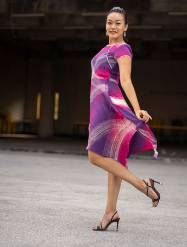
Cultural Significance and Contemporary Appeal
A Symbol of Culture and Identity
In Indonesia, batik holds a significant cultural role and is often associated with special occasions and rituals. Different regions have their unique batik patterns and motifs, each carrying its own cultural significance. These scarves are not merely fashion accessories; they represent a piece of heritage and identity.
Batik Scarves in Contemporary Fashion
In recent years, batik scarves have made their mark in the global fashion scene. Designers and fashion enthusiasts alike have recognized the timeless beauty and versatility of batik patterns. These scarves have been incorporated into various styles, making them a fashion statement that transcends borders.
Conclusion
Batik scarves are more than just pieces of fabric; they are the embodiment of cultural heritage and artistic craftsmanship. The intricate process of applying dye and wax to create these unique patterns tells a story of tradition and artistry that continues to captivate the world. As we celebrate the enduring appeal of batik scarves, we honor the dedication and creativity of the artisans who keep this ancient craft alive, and we invite you to explore the world of batik scarves, where history, culture, and fashion converge in a breathtaking display of artistry.







